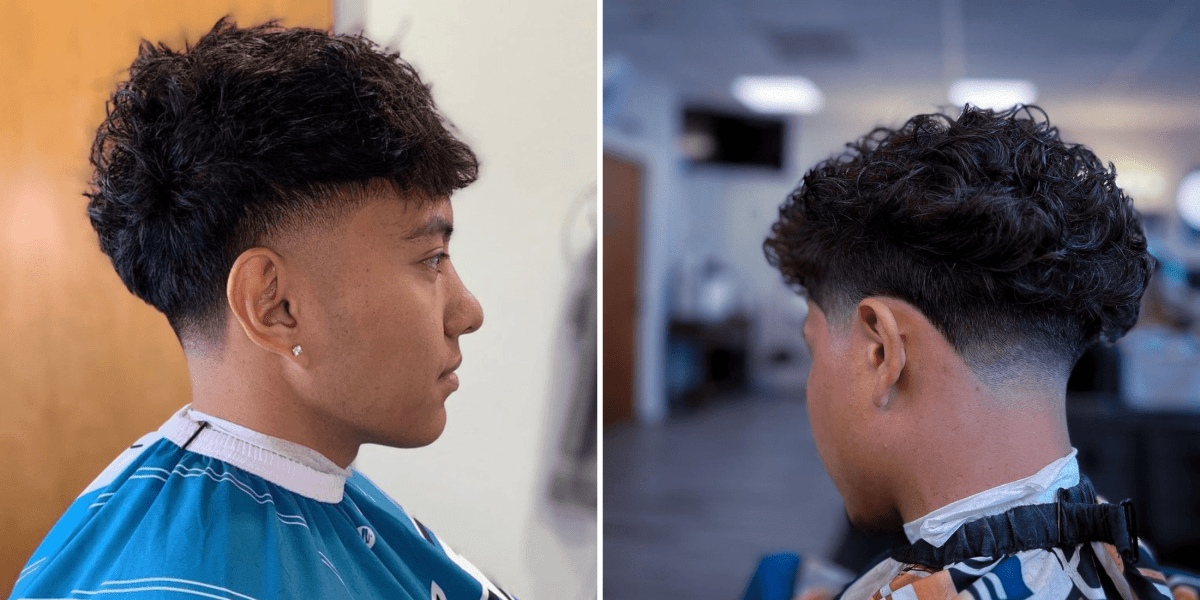Choosing between a low taper vs mid taper isn’t just about trend — it’s about structure, contrast, and how your haircut frames your face. Both deliver crisp, controlled edges, but each one shifts the balance differently depending on where the taper begins.
High tapers bring the boldest contrast, but low and mid tapers strike a more adaptable balance between discipline and style.
This guide breaks down the differences — from fade placement to face shape compatibility, hair type, and maintenance — so you can choose the taper that matches your look with intent.
What is a Low Taper?
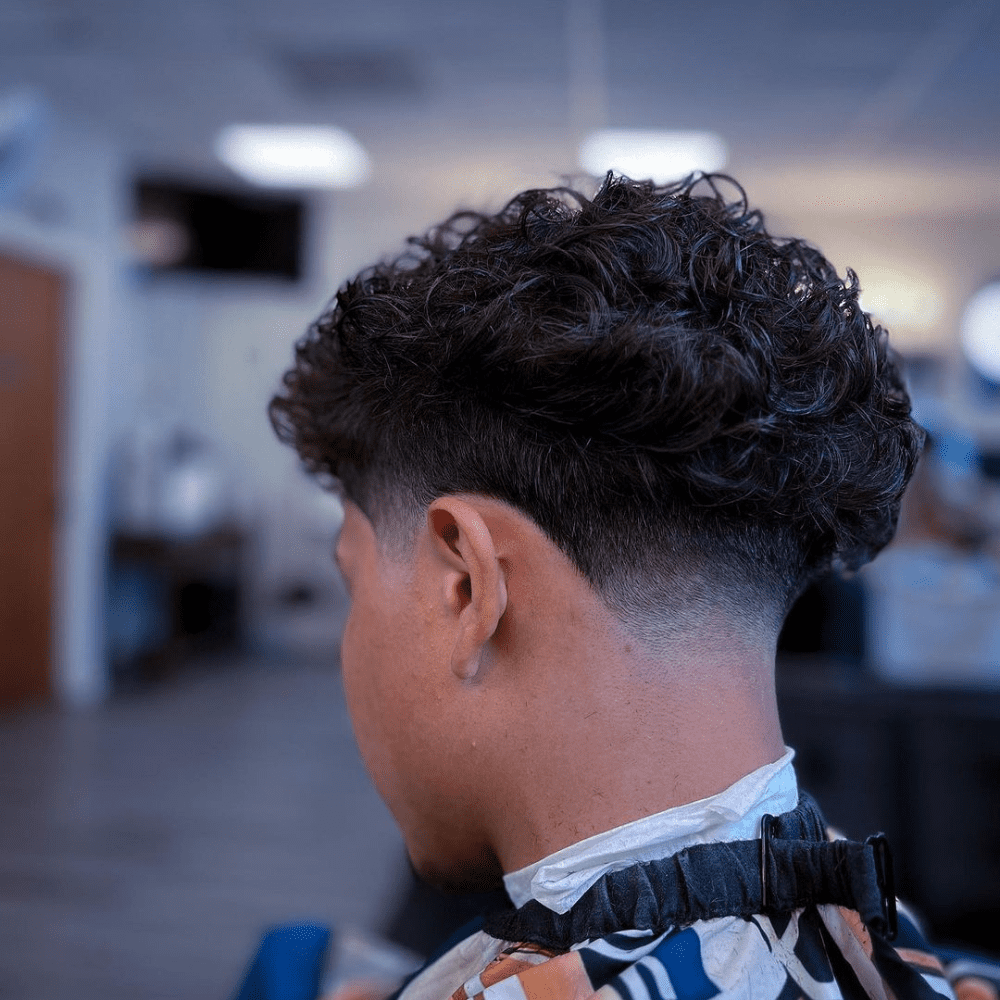
A low taper begins just above the ear and blends gradually into the neckline, keeping the transition close to the base of your head. It creates a refined, understated look that stays neat without demanding attention.
This taper works best if you want shape without heavy contrast. By keeping more weight through the edges and top, it gives you flexibility in styling while maintaining balance — making it a reliable choice for classic cuts and professional settings.
What is a Mid Taper?
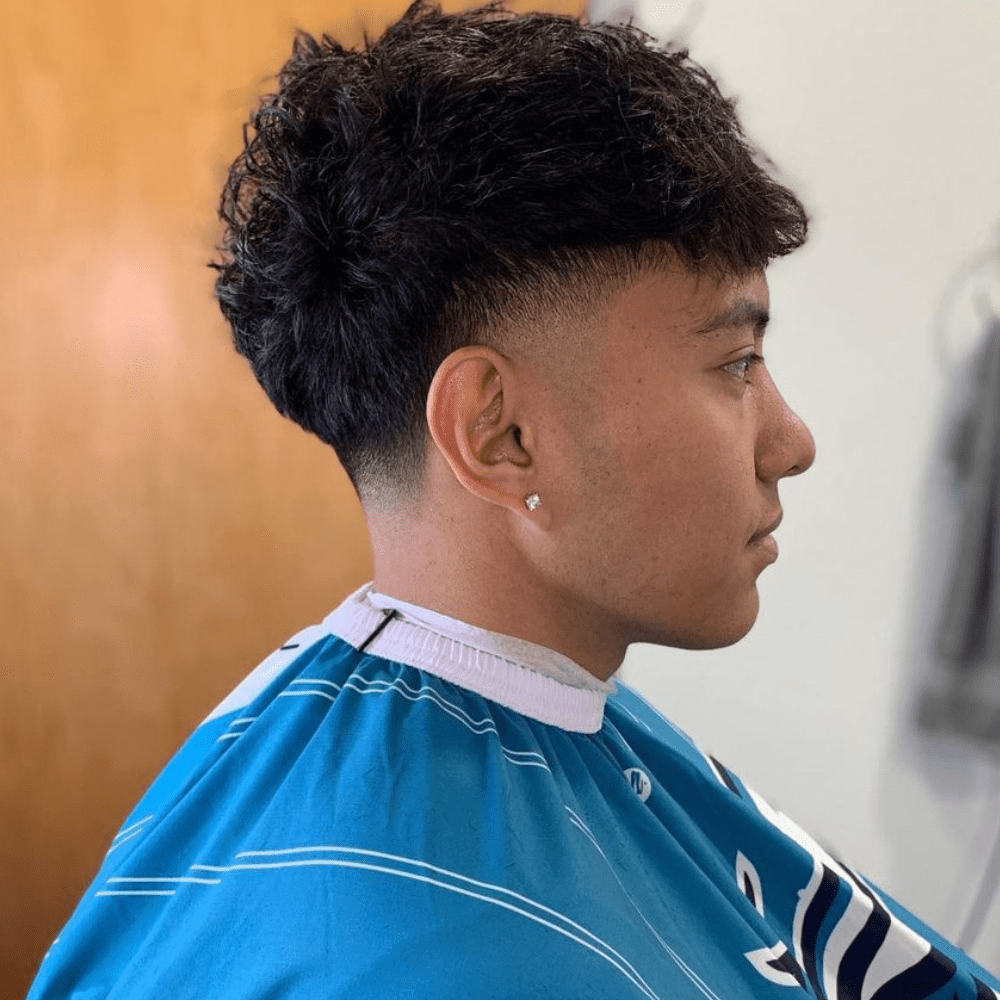
A mid taper starts around the temple, creating a more distinct transition between the upper and lower sections. The fade sits higher than a low taper, giving your haircut clearer separation and a stronger outline.
This taper is ideal if you want a look that carries more presence while staying disciplined. By reducing fullness higher up, it keeps the profile tighter and gives your haircut a sharper, more controlled finish.
Low Taper vs Mid Taper: Key Differences Explained
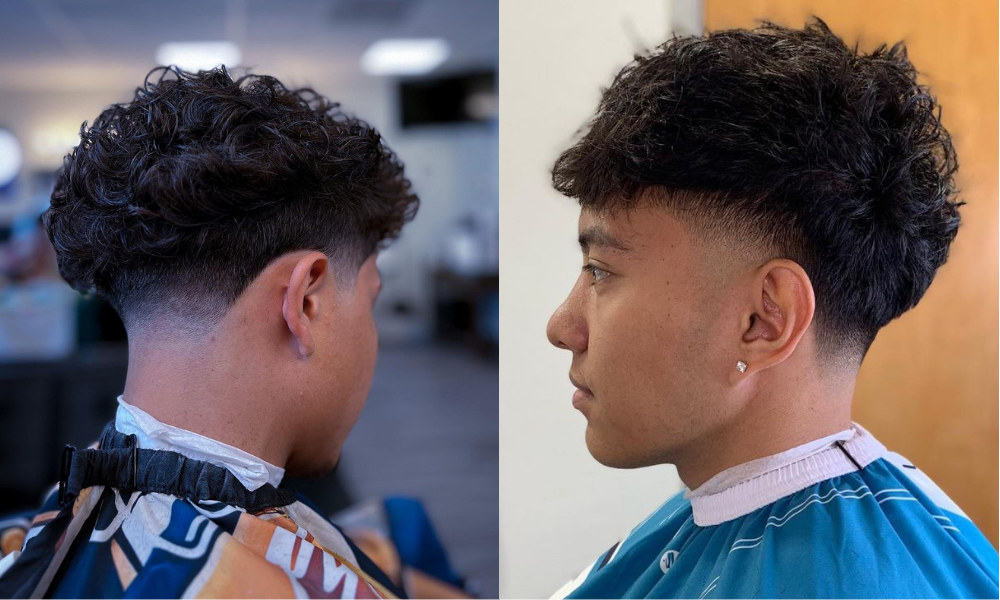
Choosing between a low taper vs mid taper isn’t just about preference — it’s about how much contrast you want, how your face is shaped, and how you maintain your haircut.
Both provide order, but the placement of the taper changes the overall effect in distinct ways.
Taper Starting Point
A low taper begins just above the ear and blends smoothly into the neckline. Because it sits lower, it keeps the transition subtle and close to the base of the head, maintaining a clean but understated look.
A mid taper starts higher, around the temple, creating a noticeable division between the top and bottom. This higher placement instantly makes the haircut more pronounced and shifts focus upward.
Overall Look
A low taper delivers a balanced appearance, keeping volume at the edges while refining the outline. It shapes the haircut without dominating the style, which makes it an excellent fit for men who prefer classic or conservative grooming.
A mid taper produces a more dynamic finish. By tapering higher, it sharpens the profile and gives the haircut a modern edge that stands out in both casual and formal settings.
Contrast Level
Low tapers keep contrast minimal, creating a smoother, more gradual fade. The transition blends softly, allowing the haircut to remain even as it grows in.
Mid tapers increase separation between the top and bottom, adding clear definition. This stronger break makes the haircut stand out more, especially when paired with shorter or textured styles.
Face Shape Compatibility
Low tapers are well-suited to round, oval, and longer face shapes. By preserving fullness at the edges, they maintain proportion and prevent features from appearing overly narrow.
Mid tapers work across most face shapes but excel on square or angular ones. The higher fade highlights bone structure by exposing more around the cheek and jaw, which enhances naturally strong features.
Hair Type Suitability
Straight, wavy, and fine hair types benefit from a low taper because it adds neatness without thinning too much. The haircut stays tidy while leaving enough weight to style with ease.
Thicker, curlier, or coarse hair responds better to a mid taper. The higher fade reduces excess volume, improving manageability and giving the haircut a more disciplined frame.
Styling Versatility
Low tapers pair seamlessly with side parts, slick backs, or longer tops where proportion is the priority. The understated fade supports these styles without pulling focus away from the length.
Mid tapers complement sharper looks such as quiffs, pompadours, and crops. The added definition at the edges makes modern and textured cuts appear cleaner and more deliberate.
Taper Maintenance
A low taper grows in smoothly and keeps its form longer. Because the transition is subtle, new growth is less noticeable, allowing for fewer barber visits.
A mid taper demands more frequent upkeep. The higher contrast makes fresh growth visible sooner, so consistent trims are required to preserve the precise effect.
Both taper types deliver control — one restrained, the other assertive. Understanding the distinctions ensures you choose a taper that complements your style, face shape, and grooming habits without compromise.
Which One Should You Choose?
Deciding between a low taper vs mid taper comes down to what you expect from your haircut — refined balance or a more commanding outline. Both work, but the right choice depends on your style goals, lifestyle, and hair type.
Do You Want Subtle Control or Noticeable Definition?
If you prefer a taper that blends naturally and doesn’t draw focus, the low taper is the right call. It keeps the neckline and sides neat while letting the overall shape remain understated.
If you want a taper that makes the haircut more distinct, the mid taper is stronger. The higher placement gives the sides a crisper edge and makes the style look more structured from every angle.
Do You Prefer Longer Styles or a More Professional Look?
The low taper maintains more fullness at the sides, which makes it well-suited to longer tops or hairstyles where balance is key. It’s dependable in formal environments where controlled grooming matters most.
The mid taper complements sharper, fashion-forward cuts. Its added contrast helps modern styles stand out while still keeping the shape disciplined.
Do You Want Your Taper to Refine or Redefine?
A low taper supports the haircut quietly. It tidies the edges without altering the outline too heavily, keeping the top length as the focus of the style.
A mid taper actively reshapes the profile by tightening the sides higher up. This creates a leaner frame around the head and gives the haircut a more decisive form.
Do You Have Thick, Curly, or Coarse Hair?
A low taper can manage denser textures but may leave the sides looking heavier as it grows. It controls the outline but doesn’t always reduce width effectively.
A mid taper handles thick or curly hair more efficiently. By sitting higher, it removes excess bulk and makes the haircut easier to style while maintaining a clean structure.
Do You Value Low Effort or a Sharper Finish?
If you want a taper that grows in gradually and needs less maintenance, the low taper is practical. It looks consistent between barber visits and doesn’t demand constant upkeep.
If you prefer a taper that stays more precise but requires regular trims, the mid taper delivers that sharper finish. It takes more commitment, but the result is a haircut that looks controlled at all times.
Styling Tips for Low and Mid Tapers
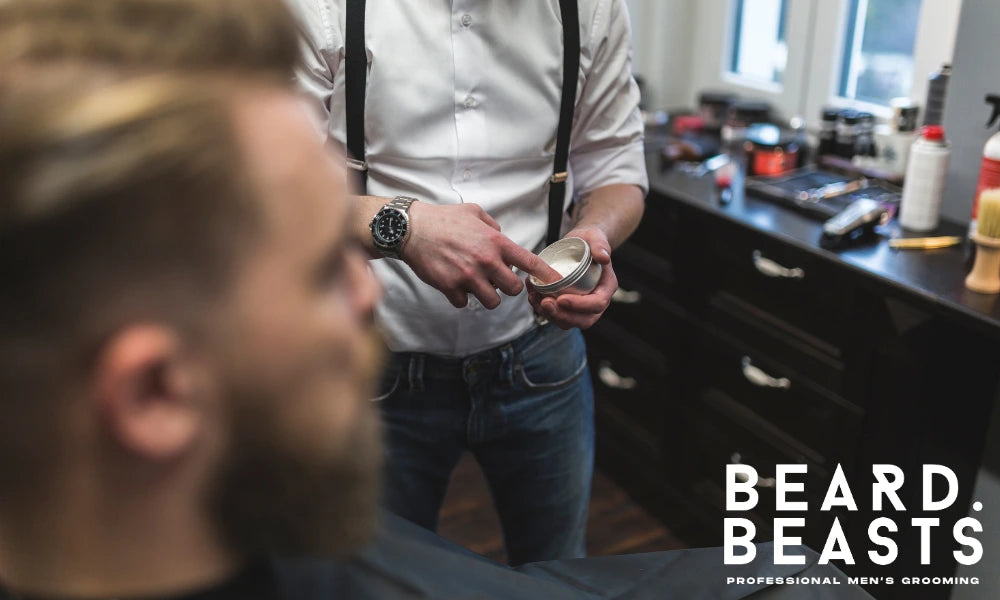
Choosing between a low taper and mid taper is only the first step — the way you style it determines how sharp the cut looks day to day. The key is matching your taper’s placement with products and techniques that enhance its strengths.
Styling a Low Taper: Keep It Balanced and Controlled
A low taper fades gently into the neckline, so your styling should focus on balance. The goal is to keep the top structured without overwhelming the subtle fade at the base.
Use a sea salt salt to add light movement and natural lift without weighing the hair down.
Apply matte clay for shape with a dry finish — ideal for side parts, brushed-back looks, or looser, classic styles.
Avoid heavy products near the taper line, as buildup can blur the clean transition.
Maintain the neckline between cuts to keep the fade looking intentional and tidy.
Styling a Mid Taper: Add Definition and Structure
A mid taper creates sharper contrast around the temples, which means your styling should reinforce that definition. The top works best when it mirrors the control of the sides.
Use matte clay to lock in structured styles such as quiffs or shorter tops that need firm control.
Apply styling wax when you want texture with flexibility — strong enough to hold shape, but reworkable throughout the day.
Keep up with fade maintenance, as regrowth shows faster with higher fades. Regular trims protect the sharp effect.
Choose styles that tighten the overall shape — pompadours, textured crops, or blowouts — so the taper supports the top rather than competing with it.
No matter where your taper begins, the right styling approach turns it from just a haircut into a complete look. Focus on balance with a low taper, or lean into precision with a mid taper — both reward you with a cut that stays sharp and controlled.
Final Thoughts on Low Taper vs Mid Taper
Choosing between a low taper vs mid taper isn’t just about personal style — it’s about structure, contrast, and how your haircut works with your face, hair type, and routine. Both taper types offer clean edges and lasting control, but the placement changes the way your entire style holds its shape.
A low taper stays subtle, making it ideal for classic, balanced looks that don’t rely on sharp contrast. A mid taper brings more definition and edge — better for structured, modern styles that benefit from contrast through the sides.
Understanding how each taper functions puts you in control of the outcome, not just the appearance. The cut is the foundation — but the structure, the routine, and the intention behind it are what keep it working.

